Cuisine of Botswana
Botswana’s cuisine reflects its rich cultural heritage and resourcefulness, blending simple ingredients like sorghum, maize, and beef into hearty dishes. From the iconic seswaa to nutrient-packed morogo, meals are a celebration of community and tradition, often shared over open fires and paired with vibrant local flavors.
Taste Botswana’s Flavors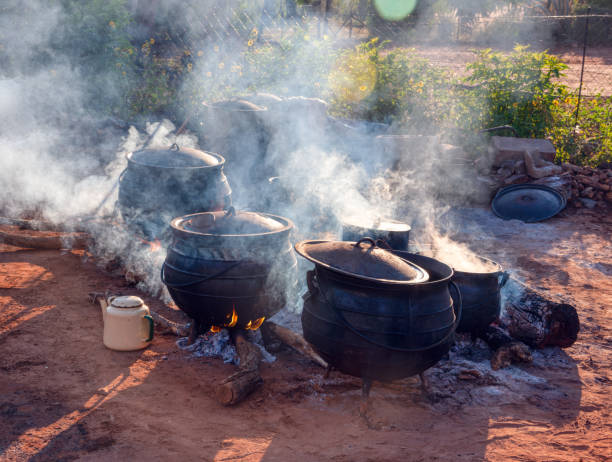
Traditional Main Dishes
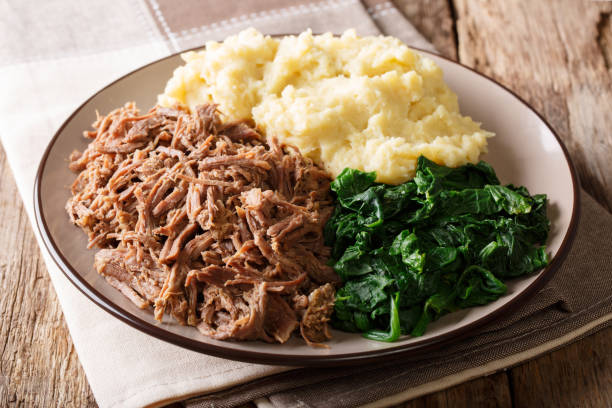
Seswaa
Botswana’s national dish, seswaa is slow-cooked beef or goat, simmered with salt until tender, then pounded into a shred. Served with pap or bogobe, it’s a staple at weddings and funerals, symbolizing hospitality.

Bogobe
A versatile porridge made from sorghum or maize, bogobe ranges from breakfast ting (fermented) to bogobe jwa lerotse with melon and sour milk. It’s often paired with meat or morogo.
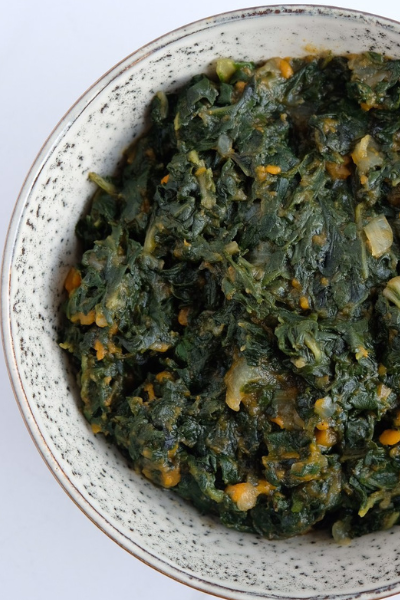
Morogo
Wild leafy greens like amaranth or pumpkin leaves, morogo is cooked with onions and tomatoes. Rich in vitamins, it’s a nutritious side for seswaa or pap, popular across households.

Serobe
A delicacy of goat or cow intestines and offal, serobe is slow-cooked until soft. Often including trotters, it’s a flavorful dish served at special occasions, showcasing resourcefulness.
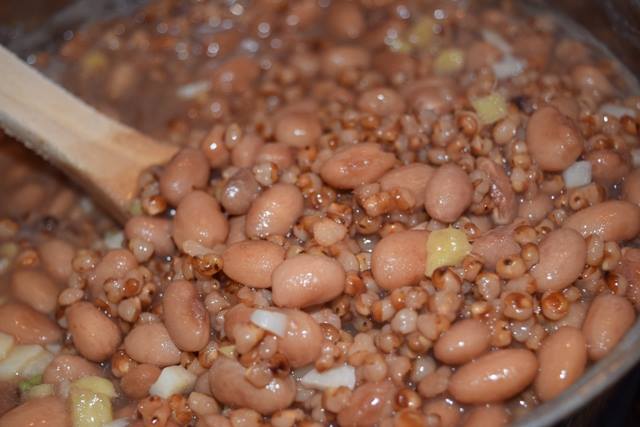
Dikgobe
A hearty mix of samp, beans, and peas, dikgobe is seasoned lightly and cooked slowly. Eaten with meat or alone, it’s a wholesome staple, especially in rural areas.
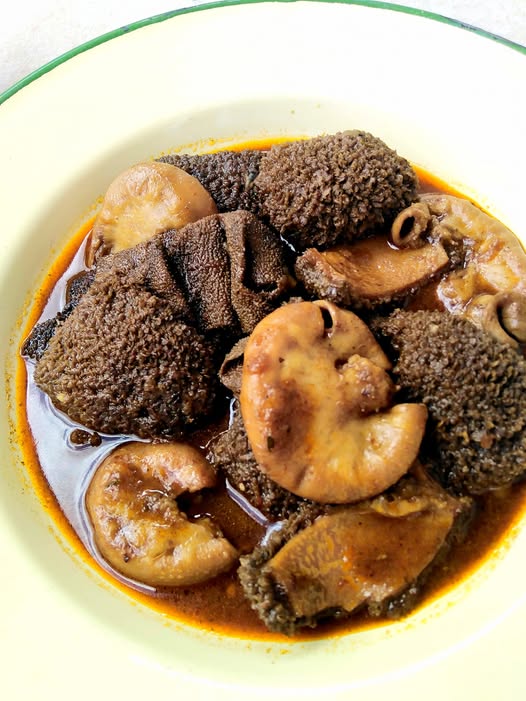
Mogodu
Tripe stew, mogodu is a Tswana favorite, slow-cooked for hours with minimal spices. Its rich texture pairs well with pap, often enjoyed at communal gatherings.
Key Ingredients
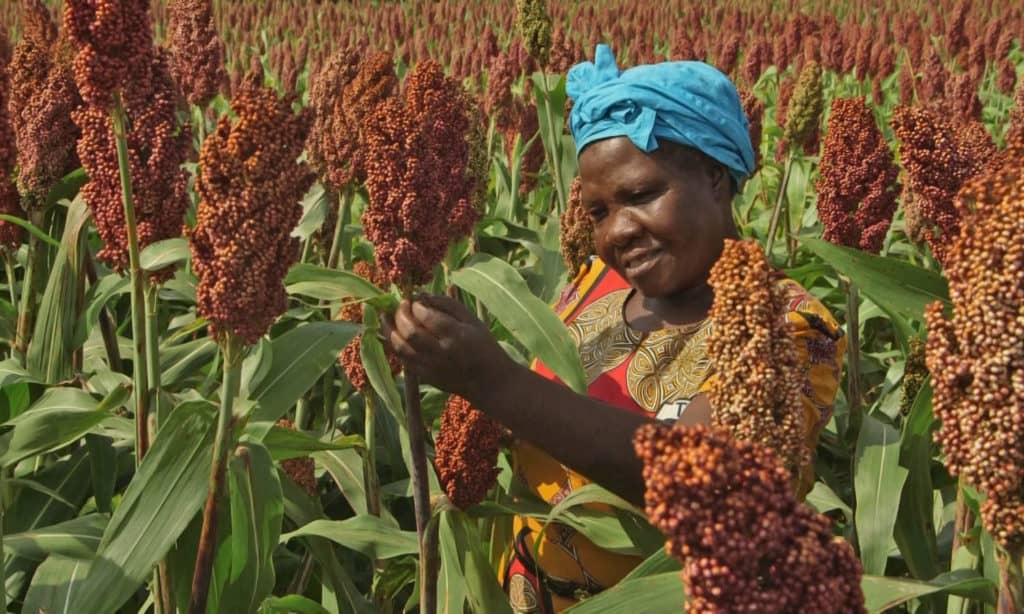
Sorghum & Maize
Staple grains form the base of bogobe, pap, and ting. Sorghum is often fermented for tangy flavors, while maize adds texture to daily meals.

Beef & Goat
With a strong cattle tradition, beef drives dishes like seswaa. Goat is equally prized, offering leaner stews, reflecting Botswana’s pastoral roots.

Mopane Worms
High-protein caterpillars from mopane trees, these are dried or fried, adding crunch to stews or snacks, a delicacy in northern regions.
Dining Customs
Meals in Botswana are communal, often served from a shared pot, symbolizing unity. Eating with the right hand is customary, especially in rural settings. Hospitality is key—guests are offered the best portions, like free-range chicken. Dishes like seswaa are prepared by men for events, while women craft bogobe, reflecting gendered roles. Food preservation, like drying meat, ensures sustainability in harsh climates.
"Sharing a meal is sharing our story—every bite connects us to the land and each other." — Tswana Elder, 2025

Modern Influences
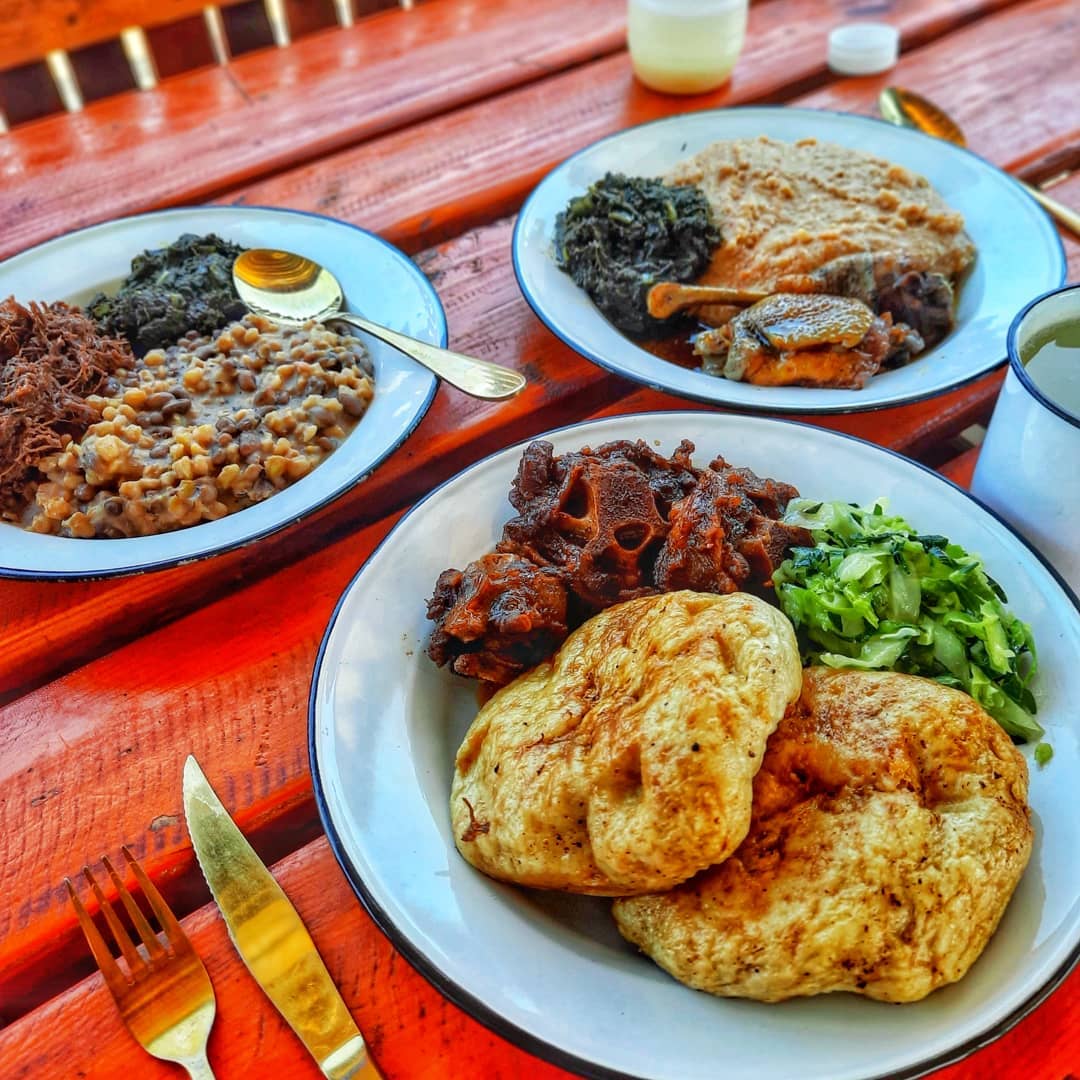
Fusion Cuisine
Urban centers like Gaborone blend Tswana flavors with global cuisines. Vetkoek with curried fillings or seswaa sandwiches reflect South African and Western influences.
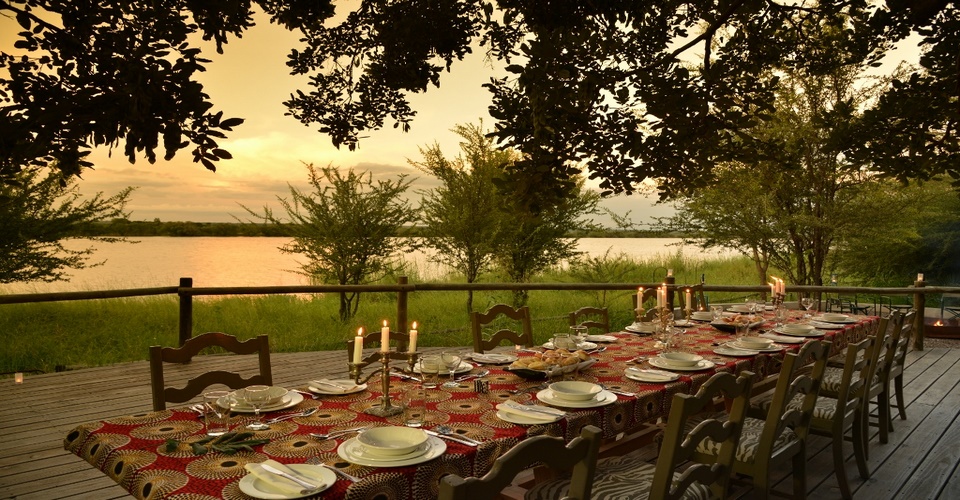
Restaurants
Places like The Copperbelt in Maun serve traditional morogo alongside international dishes, catering to tourists and locals embracing diverse palates.
